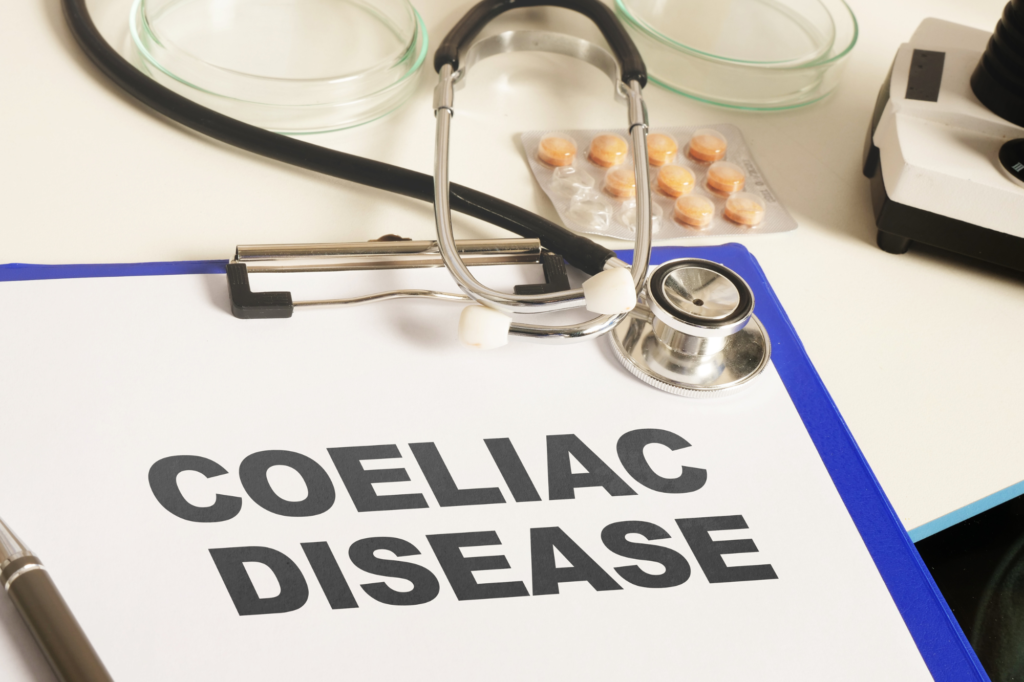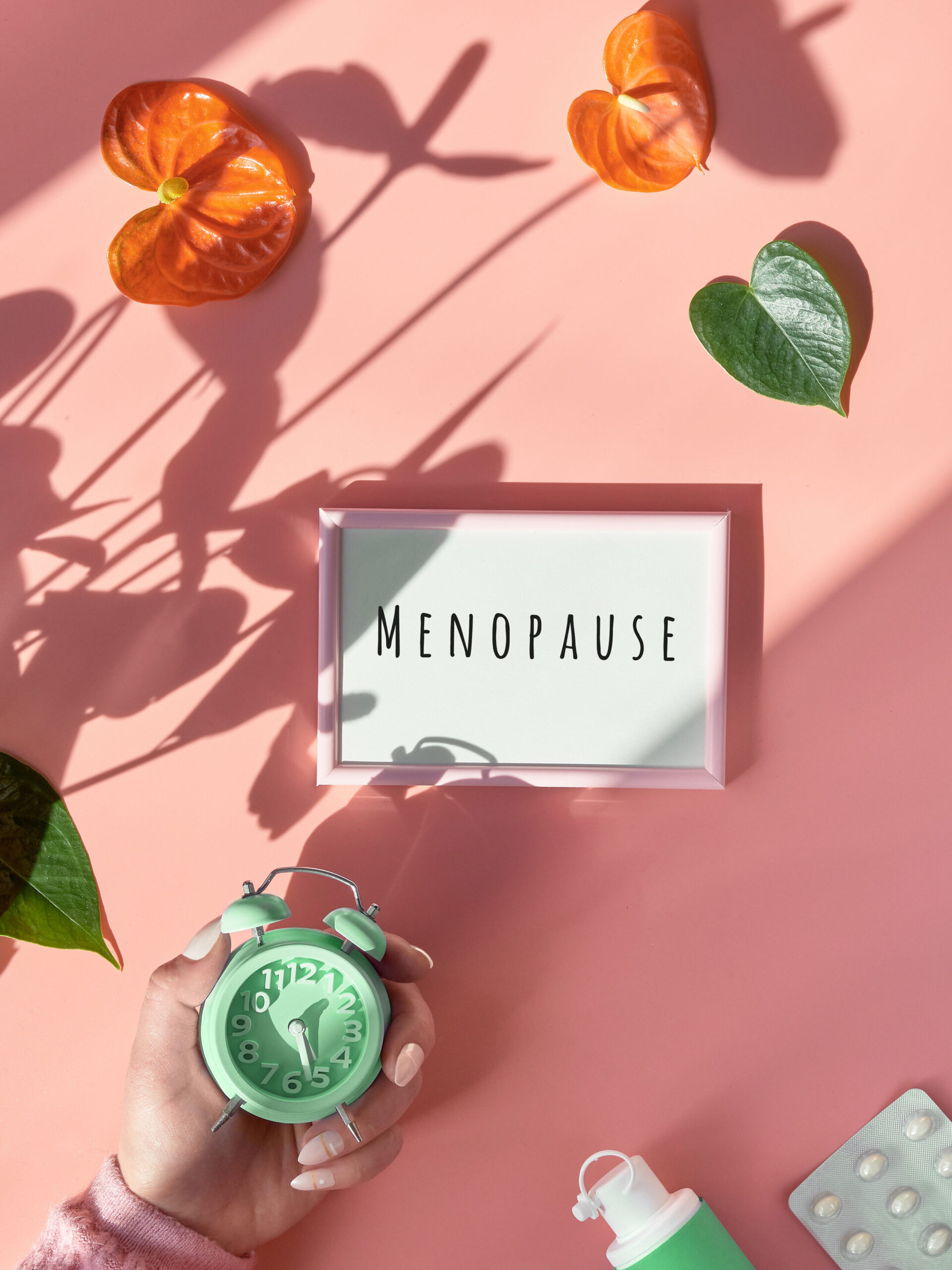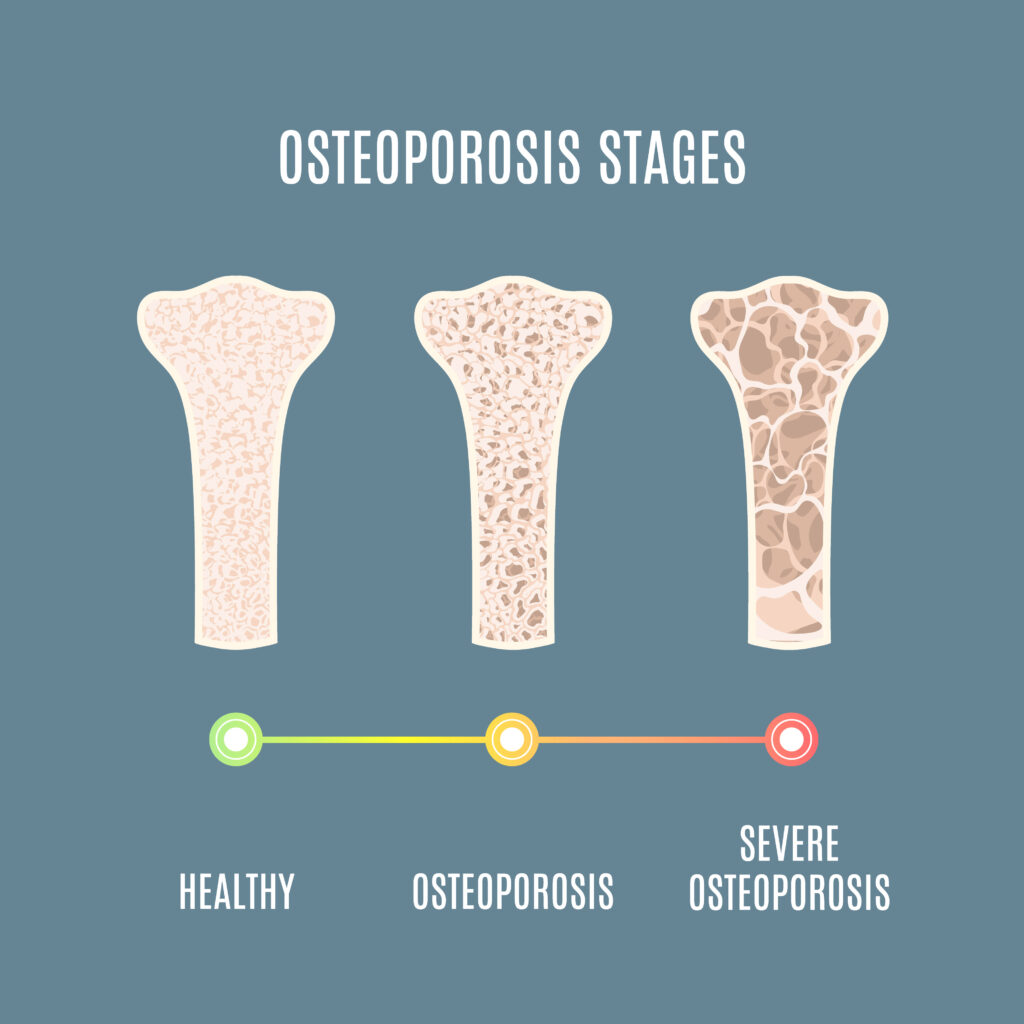What is Coeliac Disease?
Coeliac Disease is an immune response to the protein gluten which is contained in certain grains and ends up damaging the lining of the small intestines, flattening down the villi so that it is harder for your body to absorb nutrients from food. It is not an allergy to gluten or wheat but an autoimmune disease where the gluten in the grain (wheat, barley and rye) triggers the immune system to produce antibodies that over time damage the lining of the small intestines.
Symptoms of Coeliac disease can include diarrhoea, abdominal pain, mouth ulcers, anaemia, skin problems like psoriasis and weight loss, but not everyone gets the same symptoms.
Non-Coeliac Gluten Sensitivity
Over the last few years there has been recognition that a person can be sensitive to gluten but not have full-blown Coeliac disease. So you might have symptoms that are similar to those experienced in Coeliac disease but antibodies in the blood are negative and it does not cause damage to the small intestines.
When this is the case, you might still benefit greatly from a gluten-free diet, seeing dramatic improvements in your symptoms and your sense of health and wellbeing in general. (Volta U, De Giorgio R, 2012, New understanding of gluten sensitivity, Nat Rev Gasstroenterol Hepatol, 9, 5, 295-9).
Symptoms of non-coeliac gluten sensitivity can include not only gastrointestinal ones like bloating, abdominal pain or discomfort, diarrhoea, constipation but also tiredness, lethargy, migraines, headaches and joint pains.
Research is suggesting that gluten sensitivity is extremely common and could affect up to 10% of people compared to 1% for Coeliac disease (Hogg-Kollars S et al, 2011, Gluten sensitivity a new condition in the spectrum of gluten-related disorders, Complete Nutrition, 11, 4, July/August).
It is thought that the toxic peptides of gluten may actually trigger auto-immune conditions in different parts of the body e.g. Hashimoto’s thyroiditis, Lupus etc.
Research shows that non-coeliac gluten sensitivity can upset the balance of bacteria in the gut, cause inflammation in the brain, increase cognitive dysfunction and increase a person’s vulnerability to Alzheimer’s. (Daulatzai MA, 2015, Non-celiac gluten sensitivity triggers gut dysbiosis, neuroinflammation, gut-brain axis dysfunction, and vulnerability for dementia. CNS Neurol Disord Drug Targets, 14, 1, 110-31)
Wheat Allergy
I will mention wheat allergy briefly just to make clear the difference between a wheat allergy, Coeliac disease and gluten sensitivity.
A wheat allergy is the type of allergy where you would have an IgE antibody reaction to one of the proteins in wheat as measured on a blood test. Symptoms can include nausea, bloating, hives and also breathing difficulties. And like other IgE reactions to other foods, such as peanuts and shellfish, it can cause a life-threatening anaphylactic allergic response.
When a person has a wheat allergy they only have to eliminate wheat from their diet, not other grains such as rye and barley (which a Coeliac would have to eliminate).
Gluten
Gluten is a protein found naturally in grains. Over the years the gluten content of wheat has been altered to be increasingly high so that the grain does not fall apart as it goes through commercial bakery machines. Obviously, commercial bread is not made by hand and so the grain has to be robust enough to endure the factory process.
Gluten acts like glue, it is stretchy and sticky (think of how a mixture of flour and water is often used as a paste for gluing papier-mâché). The problem is that it has the same effect inside your body, making it hard to digest and also absorb nutrients. You may also suffer from symptoms such as abdominal pain, bloating and diarrhoea as well as other non-digestive related symptoms such as tiredness, headaches and joint pains.
Grains like rye and barley also contain some gluten, but in much smaller amounts than wheat. Oats don’t naturally contain gluten but they can often become contaminated with gluten during growing because the oats can be next to the wheat fields and can also be contaminated during the milling process.
There are now gluten-free oats available but some people who react to gluten can also react to a protein in the oats called avenin which is similar to gluten.
Spelt is another grain that contains gluten and is often called ‘ancient wheat’ because it is one of the original strains of wheat. The gluten in spelt is different from the gluten in wheat in that it is much easier to digest and a number of people who find wheat a problem can tolerate spelt.
Get used to reading the ingredients of foods like condiments. For example, lots of soya sauces contain wheat so it is often better to look for wheat-free tamari. I know you can buy gluten-free breads and other baked foods but the ingredients have, in general, appalled me. The aim seems to be to make the food ‘gluten-free’ and disregard the health aspects of the food, so other ingredients like sugar, artificial colours and flavours are often added. If you have Coeliac disease you have to avoid gluten but still to eat healthily. Again, read labels carefully.
If you would like to explore whether a consultation with an expert nutritionist at the Glenville Nutrition Clinic could help you, please contact us on 01892 515 905 or send us an email at reception@glenvillenutrition.com






